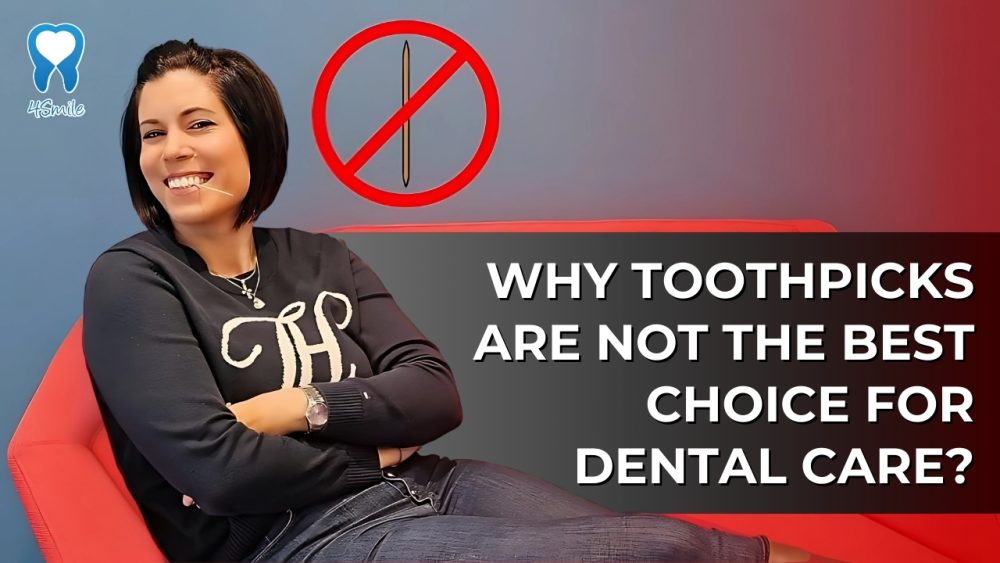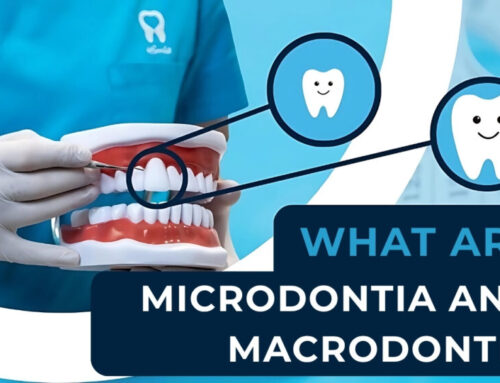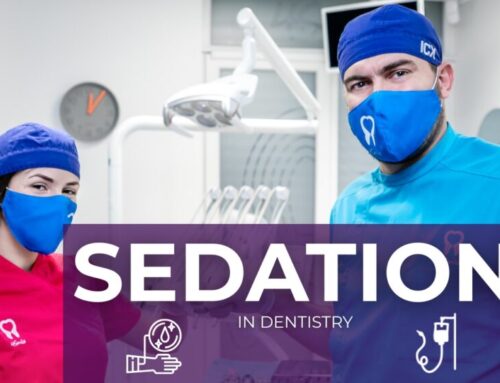Why toothpicks are not the best choice for dental care?
Toothpicks have been around for centuries and have become a common tool for removing food particles between teeth. However, despite their long history, they are not the best choice for maintaining oral hygiene.
In this week’s blog from Dental Center 4Smile, we’ll explore some of the reasons why using toothpicks is not the best option and suggest safer alternatives for maintaining the health of your teeth and gums.
Toothpicks can damage your gums
Toothpicks, especially wooden ones, have sharp edges that can easily cause injury to your gums. Repeated use can lead to gum irritation, cuts, and even infections if bacteria enter the open wounds. Over time, this can contribute to gum disease or gum recession, potentially leading to more serious dental issues.
They can harm your teeth
Toothpicks are not designed to be gentle on your teeth. Aggressive use can result in damage or cracking of the tooth enamel, especially if you accidentally hit a sensitive spot. Additionally, excessive or improper use of toothpicks can lead to increased wear on the teeth, potentially requiring dental treatment.
Risk of breaking
Wooden toothpicks are prone to breaking, and when this happens, they can leave pieces of wood lodged in your gums. Removing these pieces can be painful and may require professional dental assistance. Furthermore, if a toothpick breaks during use, it can pose a choking hazard, especially for small children.
Toothpicks don’t address the root cause of dental problems
While toothpicks may seem like a convenient way to remove food particles, they don’t address the underlying causes of plaque buildup and dental problems. Toothpicks won’t help reduce bacteria or remove tartar, for which more comprehensive oral care practices are needed.
Safer alternatives for cleaning between teeth
Instead of using toothpicks, consider the following alternatives, which are safer and more effective for maintaining oral hygiene:
1. Dental floss:
Dental floss is the gold standard for cleaning between teeth. It effectively removes food particles and plaque without damaging the gums or teeth.
2. Interdental brushes:
These small brushes come in various sizes to fit between different gaps between teeth. They are gentler than toothpicks and effective in removing food debris.
3. Oral irrigator – waterflosser (Waterpik) :
This device uses a water jet to clean between teeth and along the gumline. It’s gentle and can be especially helpful for those with braces or sensitive gums.
4. Mouthwash:
Antimicrobial mouthwashes can help reduce bacteria and freshen your breath without the risk of physical injury that toothpicks may cause.
Toothpicks can be a quick fix, but the risks often outweigh the benefits. To maintain optimal oral health, consider using safer, more effective tools like dental floss, interdental brushes, or water flosser.
If you’re concerned about your oral hygiene or have questions, consult with dentist Ivan Antolković, in Zagreb, Europe, who can offer personalized advice. Remember, protecting your gums and teeth is crucial for maintaining a healthy smile for many years to come.















